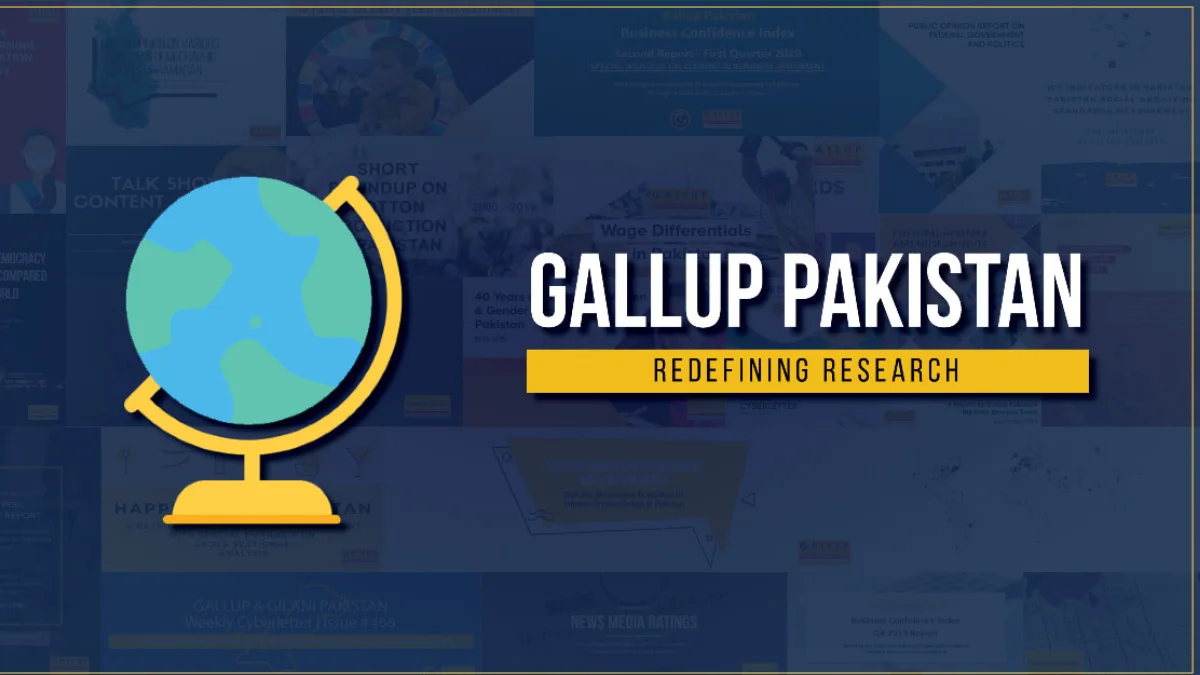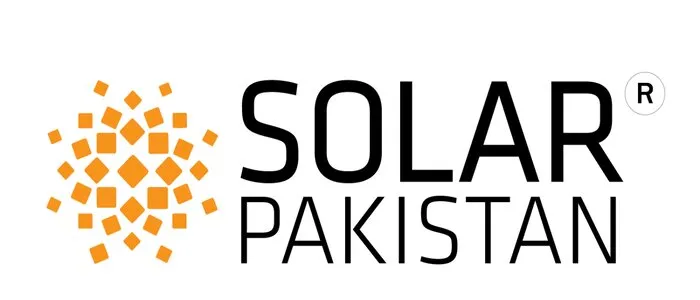In the realm of economic challenges, few issues weigh as heavily on a nation’s prospects as its debt quagmire. For Pakistan, this burden has been a persistent challenge, constraining growth, limiting investment, and eroding economic sovereignty. However, amidst the gloom, there are pathways towards a brighter economic future. In this blog, we delve into Pakistan’s debt quagmire, dissecting its causes and proposing actionable solutions to navigate towards financial stability and prosperity.
Pakistan’s debt predicament is multifaceted, stemming from a combination of domestic and external factors. Years of fiscal mismanagement, inefficient tax collection, and reliance on borrowed funds to finance budget deficits have exacerbated the issue. Additionally, external shocks, such as fluctuating oil prices and geopolitical tensions, have further strained the economy, making it increasingly reliant on external borrowing.
The consequences of this debt burden are profound. Debt servicing consumes a significant portion of the national budget, crowding out essential expenditures on education, healthcare, and infrastructure. Moreover, high debt levels raise concerns among investors, leading to higher borrowing costs and dampening investor confidence. This creates a vicious cycle wherein borrowing becomes more expensive, exacerbating the debt burden.
Breaking free from the debt quagmire requires a multifaceted approach that addresses both short-term challenges and long-term structural reforms. Here are some strategies that Pakistan can adopt to tackle its debt burden effectively:
- Fiscal Discipline and Revenue Enhancement: Implementing fiscal discipline is paramount to reducing reliance on borrowing. This entails cutting unnecessary expenditures, rationalizing subsidies, and improving tax collection mechanisms. By broadening the tax base and cracking down on tax evasion, Pakistan can boost its revenue streams, reducing the need for external borrowing.
- Economic Diversification and Export Promotion: Diversifying the economy away from traditional sectors like textiles and agriculture can help mitigate external vulnerabilities. Investing in high-value industries such as technology, manufacturing, and services can enhance export competitiveness, generating much-needed foreign exchange earnings to service debt obligations.
- Debt Restructuring and Negotiation: Negotiating favorable terms with creditors, including extending maturity periods, lowering interest rates, or seeking debt forgiveness, can provide breathing space for fiscal consolidation. Engaging in transparent dialogue with international financial institutions and bilateral lenders is essential to securing sustainable debt restructuring agreements.
- Investment in Human Capital and Infrastructure: Investing in education, healthcare, and infrastructure not only fosters long-term economic growth but also enhances productivity and competitiveness. By prioritizing human capital development and infrastructure projects, Pakistan can lay the foundation for sustainable economic progress, reducing reliance on debt financing.
- Strengthening Institutions and Governance: Building strong institutions and promoting good governance are essential prerequisites for effective debt management. Enhancing transparency, accountability, and anti-corruption measures can instill confidence among investors and creditors, improving Pakistan’s creditworthiness and reducing borrowing costs.
Pakistan’s debt quagmire presents a formidable challenge, but it is not insurmountable. By adopting a combination of fiscal discipline, structural reforms, and prudent debt management strategies, Pakistan can navigate towards economic resilience and prosperity. However, this journey requires concerted efforts from policymakers, stakeholders, and citizens alike. With decisive action and steadfast commitment, Pakistan can emerge stronger from its debt burden, unlocking its full potential for sustainable development and inclusive growth.
Also Read: 3 Million Retailers: IMF Inquires FBR About Timeline for Registration





